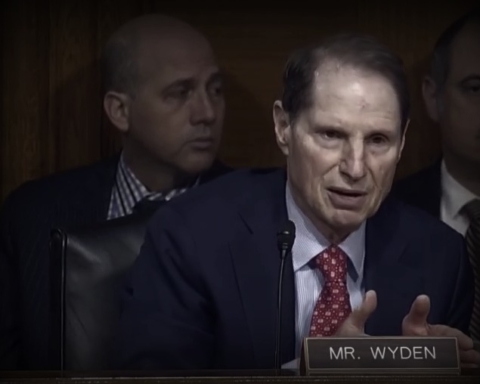Deployment of a new unmanned aerial fleet has been pushed back multiple years because lawmakers and military officials are unable to settle on what type of drones they want—ones loaded to kill or ones built to keep a watchful eye.
That was the conclusion of a Government Accountability Office report commissioned by Congress to study the Navy’s Unmanned Carrier-Launched Airborne Surveillance and Strike (UCLASS) system—a regime that includes new drones, a control system, and an aircraft carrier.
“The system’s intended mission and required capabilities have come into question, delaying the Navy’s UCLASS schedule,” the report, which was publicly released on Monday, revealed.
Each phase of the program, from design review to test flights, has been pushed back multiple years, according to the Navy’s own estimations. Even the first phase of awarding development contracts, which was expected to be completed in 2014, is now not set to occur until 2017. The program’s expected early operational capabilities have now been pushed back until 2022.
Although the UCLASS system includes both the words “surveillance” and “strike,” the military and policymakers aren’t quite sure how much of one capability they want at the expense of the other.
“The main options are a largely surveillance role with limited strike operating in less contested environments, or a largely strike role with limited surveillance operating in highly contested environments,” GAO described.
The future role of the US military in the Pacific looms large over the debate about UCLASS capabilities, with hawkish lawmakers and the defense establishment lobbying for bulkier, weapons-loaded drones that can survive in skies around Chinese airspace.
As GAO noted, “Congress has heard testimony from former DOD and Navy officials expressing concerns about the ability of UCLASS to help counter the defenses of adversaries trying to deny U.S. access.”
Many lawmakers and the Obama administration, however, would prefer to mostly gear the program toward surveillance in less contested environments. The GAO described this approach as focused primarily on “affordability, timely fielding, and endurance.”
The agency stated that when these differences are bridged, “before system development begins, the weapon system is more likely to meet objectives.”
Last week, the US House passed a 2016 defense spending bill that appropriates over $130 million for carrier-launched drones.






